Context:
More about the news:
What Are Cloudbursts?
Mechanism behind Cloudburst:
 Orographic lift: As these moist air masses converge over the land and encounter hills, they rise in altitude.
Orographic lift: As these moist air masses converge over the land and encounter hills, they rise in altitude. Reasons behind frequent Cloudburst in Himalayan region:
Impact of climate change on cloudbursts:
Challenges with cloudbursts:
Steps taken to detect cloudbursts:
Way Forward:
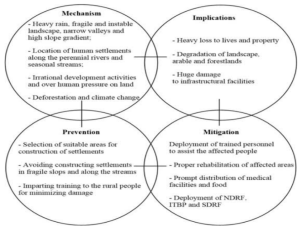 This can be a quick measure for providing warnings, but radars are an expensive affair, and installing them across the country may not be practically feasible.
This can be a quick measure for providing warnings, but radars are an expensive affair, and installing them across the country may not be practically feasible. News Source: Indian Express
Context:
The 182nd report on ‘Ecosystem of Startups to benefit India’ was tabled by the Department Related Parliamentary Standing Committee on Commerce.
More on News:
About Start Up:
|
Overview of India’s Startup ecosystem:
Role of Startups in the growth of the Indian economy:
Startup Business:
| Pros | Cons |
|
|
|
|
|
|
Government Initiatives to strengthen the Startup ecosystem:
Challenges of India’s Startup Ecosystem:
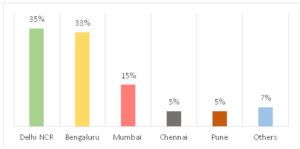 For Example: As of 13 September 2021, India had 75 unicorns , 83% of which (62) were from these three clusters.
For Example: As of 13 September 2021, India had 75 unicorns , 83% of which (62) were from these three clusters.Way Forward:
News Source: The Hindu
Context: Recently, a report summarizing the first phase of implementation of the Inclusive Conservation Initiative (ICI) was released.
About Inclusive Conservation Initiative (ICI):
News Source: DTE
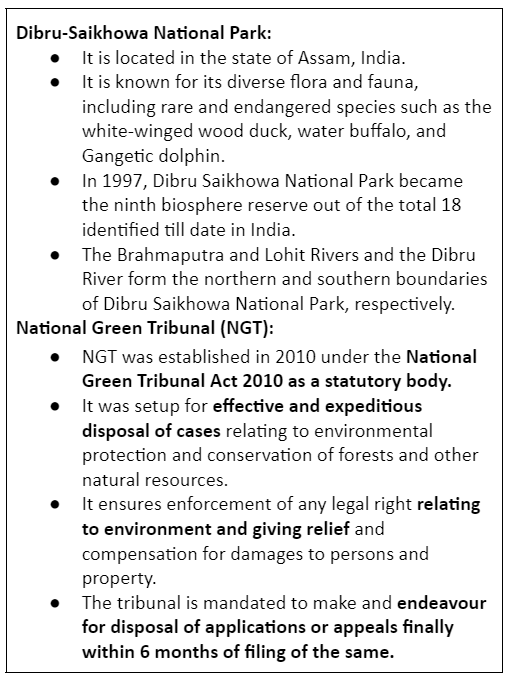
Context: Recently, National Green Tribunal (NGT) ordered the Assam government to disburse interim compensation to the victims of Baghjan oil and gas leak that displaced close to 9,000 people in 2020 in Tinsukia district of Assam.
More on News:
About Oil Spill:
Prevention of Oil Spill:
News Source: DTE
| RBI Launches New Features For Unified Payments Interface (UPI) | Recently, the Reserve Bank of India announced new Unified Payments Interface (UPI) features.
Features are:
|
| PM Vishwakarma | Recently, the Union Cabinet approves new Central Sector Scheme ‘PM Vishwakarma’ to support traditional artisans and craftspeople of rural and urban India.
About PM Vishwakarma:
|
| Deemed Forests | On August 11, the Odisha government issued an order stating that the category of “deemed forests” would cease to exist under the recently amended Forest Act.
About Deemed Forest:
|
| Expansion of Digital
India programme |
Recently, the Union Cabinet approved a five-year extension and expansion of the Digital India program.
Key Highlights:
|
| PM-eBus Sewa | The Union Cabinet has approved a bus scheme “PM-eBus Sewa” for augmenting city bus operation by 10,000 e-buses on PPP model.
About PM-eBus Sewa:
Segments of the Scheme:
|
| Offer for Sale (OFS) | The government is planning to sell a part of its holding in State-owned Indian Railway Finance Corp (IRFC) through an offer for sale (OFS).
About OFS:
Key points:
|
| Demon Particle | Researchers at the University of Illinois discovered a massless particle, dubbed the “demon particle.“
About Superconductor:
|
| Sulina Channel | Russia’s recent drone strikes targeted Ukraine’s ports and grain storage along the Danube River.
About Danube River:
|
Context: India in collaboration with the World Health Organization (WHO) will launch the Global Initiative on Digital Health on August 19 as part of the ongoing G-20 summit in Gandhinagar, Gujarat.
About Global Initiative for Digital Health (GIDH):
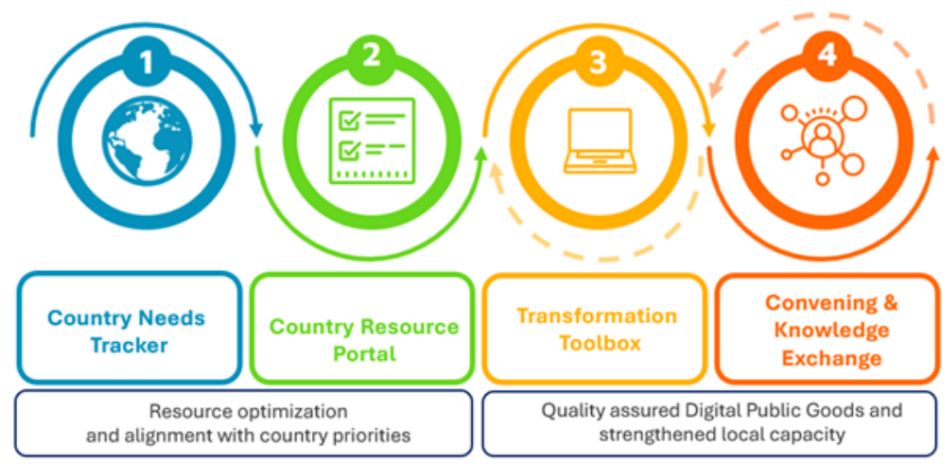
News Source: The Hindu
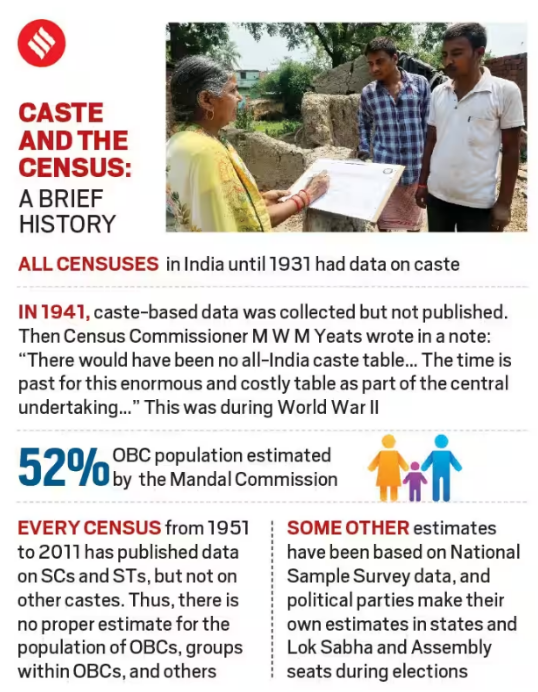
Context: Supreme Court will hear petitions challenging the Patna High Court’s verdict upholding the Bihar government’s ongoing caste survey.
About Caste Survey in Bihar:
About Census:
Caste Census and Reservation:
About Socio-Economic and Caste Census (SECC):
News Source: The Hindu
Context:
Recently, the Standing Committee of Parliament on Chemicals and Fertilizers headed by MP Shashi Tharoor, tabled its report in Parliament.
Highlight from the Report:
Nutrient-Based Subsidy (NBS) Policy
|
News Source: The Hindu
SC Verdict on Newsclick Shows Adherence to Due Pro...
Stay Invested: On Chabahar and India-Iran Relation...
Credit Rating Agencies, Impact on India’s De...
Catapulting Indian Biopharma Industry
Globalisation Under Threat, US Import Tariffs Have...
Global Report on Hypertension, Global Insights and...
<div class="new-fform">
</div>
